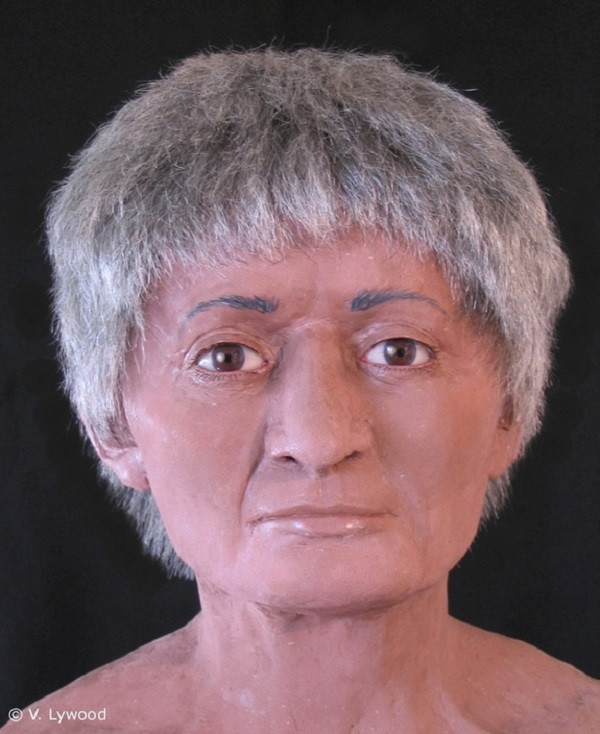Egyptian Mummy Discovered With Brain But No Heart 'Shows Shift in Mortuary Ritual'

An ancient Egyptian mummy has been discovered with her heart removed but her brain left intact, a shift away from what is considered traditional mummification ritual.
While the mummy was found in the 19<sup>th century, only now have researchers used CT scans to reveal her non-traditional burial.
According to a LiveScience report, the mummy lived about 1,700 years ago – towards the end of the ancient Egyptian empire. At the time, Egypt was under Roman rule and Christianity was spreading.
Egypt's native religious culture had steadily declined and while the native population still spoke the language, the ability to read hieroglyphics was slowly disappearing, as were Egyptian temple priests and priestesses.
Researchers writing in the Yearbook of Mummy Studies said she probably died between the age of 30 and 50. The team, from McMaster University in Canada, said that while traditional Egyptian rituals were dying out, the woman's family insisted on having the procedure done.
Potentially a result in the decline of practitioners, the CT scan of the mummy shows how the practice of embalming and mummification was considerably different to more ancient examples.
The woman had had her intestines, stomach, liver and heart removed through a hole in her perineum. Spices and lichen were spread over her head and her brain was lift intact.
In traditional mummification, the heart is left in the body as it was thought to have been instrumental in whether the person was worthy of entering the afterlife.
"The power of current medical imaging technologies to provide evidence of change in ancient Egyptian mortuary ritual cannot be understated," the authors wrote, saying her heart being left in the body challenges long-standing beliefs about how ancient Egyptians viewed the organ as being all-important.
"We don't really know what's happening to the hearts that are removed," researcher Andrew Wade told LiveScience.
The mummy had also been repaired following the ritual – the hole in the perineum was filled with linen and resin, while two plaques made from a plastered material were placed on her skin above her sternum and abdomen, areas that had not been cut.
According to the researchers, the plaques could have been a replacement for the removed heart, which would help by ritually healing her. They say additional effort by the embalmers to repair the damage they had done might give her a better afterlife.
© Copyright IBTimes 2025. All rights reserved.






















